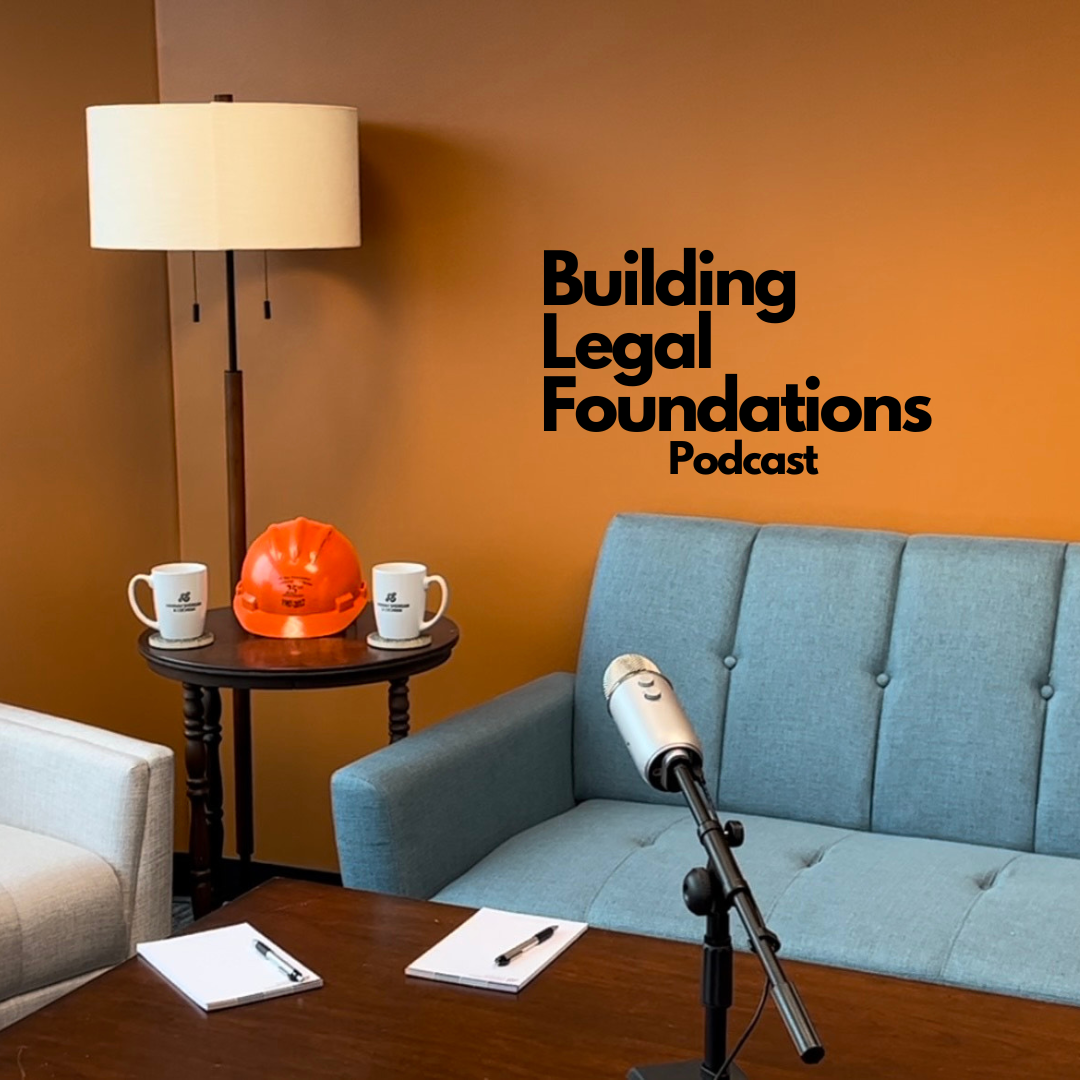Hannah Sheridan & Cochran's own podcast, previously available via Spotify, is now available to listen…
SUPPLEMENTAL PROCEEDINGS: WHERE THE POST-JUDGMENT PROCESS GETS SERIOUS
So, a Sheriff returns a Writ of Execution and reports that no assets were found by which the judgment could be satisfied. To many creditors, that is the point where they give up, write off the debt and assume that this is a lost cause. In the immortal words of Lee Corso, “not so fast my friend!”
North Carolina is a “debtor-friendly” state, remember? Let’s go back through the process to see how many opportunities the debtor has had to voluntarily make arrangements to pay this obligation prior to this point in the action – (1) at time of purchase/billing; (2) upon receipt of demand letter (and add in any calls before an attorney gets involved); (3) upon receipt of the Summons and Complaint; (4) at the time judgment is entered – receipt of judgment notification letter; (5) upon receipt of Notice of Right to Claim Exempt Property; (6) during the first Writ of Execution cycle; and (7) upon receipt of the requisite second Notice of Right to Claim Exempt Property. And, of course, during the time any litigation took to unfold if this was not a default judgment.
If the debtor is still not electing to participate in the process, now the statutes provide some options which have “teeth” in them. Once a Writ of Execution has been returned unsatisfied, the Supplemental Proceedings sections of the statutes become available. These are not mutually exclusive and the list is not exhaustive, but should provide some ideas for you to consider:
Order in Aid of Execution:
Bank Levy: This option is certainly the option most in contention at this time. Several Sheriff’s Departments will take this step on their own volition by either obtaining an order from the court or having obtained a standing order from their local judges and using the Writ of Execution and the attendant powers therewith to contact banks and try to locate accounts and funds which can be seized. In a very few counties, judges will consider a motion filed by the creditor ex parte (without a hearing) and issue the order. More frustrating are those counties where judges refuse to issue an order freezing a bank account without first conducting a hearing with full notice to all parties. Consider this: you are a debtor, you receive notice that 10-days from now the court is going to hear a motion to freeze all the funds in your bank account; is there going to be any money in that bank account come the day of the hearing?
If an order is issued, the process is to serve the order upon any bank where the debtor may potentially bank and obviously, any bank where the debtor is known to have an account. The bank is then obligated to freeze any funds in any account associated with that debtor. The bank reports to the court that it has accounts and what is frozen in each account. The court then schedules a hearing to determine whether those funds are subject to levy. Generally, the debtor will discover the frozen account before notice reaches the creditor. Discussions often ensue between debtors who would like access to their funds and creditors who finally have some true leverage. Be aware however, that certain types of accounts (retirement) are automatically exempt and generally, there need to be discussions if the account being held is the payroll account for a business.
Vehicle Levy: This could actually go in the section above as vehicles are generally not the subject of Orders in Aid. However, the process generally occurs in the second Writ of Execution cycle. If a deputy locates a vehicle, the deputy (in most counties) will contact the creditor with a description of the vehicle (if it has been seen) or information from the DMV and tax records. Most deputies will let us know if there is a lien on the title. The deputy will also share with the creditor the amount of the levy fee (advance fee to be paid to the Sheriff before the vehicle will be seized). The creditor can then make the decision as to whether or not it wants to advance the fees. In a couple of counties, the policy is simply to grab a vehicle, sell it and send the creditor any money if there is a recovery after paying the cost of the sale. More common, the advance fee for a vehicle will be between $500 and $1,000 and is used to cover fees associated with towing, storage and advertisement of the sale. The advance fee goes onto the judgment as a cost and is among the first items against which any sum recovered via the sale is applied. Sheriff’s sales are handled in a myriad of different ways, but we generally suggest to a client that they have someone attend the sale and be prepared to pay an amount sufficient to cover the costs (assuming the vehicle is worth more than that). If the creditor ends up with the vehicle, they can always re-sell it and recover the costs and hopefully some more. If they succeed in driving up the price at the Sheriff’s auction, then they are the beneficiary and someone else gets the vehicle. Most Sheriff’s sales require cash to be paid at the time of the auction. And, it is not uncommon, especially if the vehicle has other than monetary value to the debtor, for a debtor to find cash to bail out the vehicle. Sometimes that means paying off the full judgment, other times it means negotiating with the creditor through the deputy to settle on what amounts to a release fee to be applied against the judgment. If nothing else, this process can serve as a serious “attention-getter.”
A/R Levy: This form of an Order in Aid of Execution is more rarely used as it depends upon the creditor or deputy gaining information as to what projects the debtor is working at any given time with sufficient lead time to allow the creditor to get a motion and order to a judge to have the order issued, then get it to the Sheriff to serve before the debtor is paid. North Carolina does not allow wage garnishment for judgment collections, so the funds at issue must be true accounts receivable, not wages.
The other, less exciting, Supplemental Proceeding option involves discovery tools by which assets might be revealed.
Debtor’s Interrogatories: Just as with pre-judgment discovery, a creditor may send a debtor a list of written questions to be answered. The debtor is obligated to answer the questions within 30-days. Failure to do so is the same as failure to appear in the process next described, so we will visit the consequences shortly.
Supplemental Examination: The creditor can request a court order requiring the creditor to appear with bank records and any other financial documents included in the order, to testify under oath about the debtor’s financial condition and assets. This is akin to a pre-judgment deposition. The debtor is ordered to appear in the office of the clerk of court in the county in which the debtor lives. The debtor is placed under oath and the creditor has pretty much carte blanche to ask questions about the debtor’s financial condition, to review bank statements, to ask how they got to the courthouse, etc. Generally, it is a good idea to have a Writ of Execution outstanding at the time of this examination. Should the debtor testify they arrived in a car they own or if the debtor happens to be wearing nice jewelry not listed on their exemptions, or if a bank account with funds in it is revealed, the creditor may elect to step out and call the Sheriff to come seize the valuables.
All too often, debtors ignore the notices that they are required to participate in either of the discovery processes. Failure to answer or to appear have the same consequence. Again, being a debtor-friendly state, North Carolina’s rules give them multiple opportunities to see the error of their ways. An initial order can be issued by the court for the debtor to appear and show cause as to why they failed to show or respond. If they show up for this hearing, then generally the court will admonish them slightly, swear them in and send them to an adjacent room to answer the creditor’s questions. If the debtor fails to respond to the initial show cause order, then the next order is also a show cause order, but it states that the reason they are being ordered to appear is to show cause as to why they should not be held in contempt. Failure to appear in response to this order has very serious consequences. The judge can and will issue an order for law enforcement to arrest the debtor, not for the debt, but for being in contempt of an order of the court. The debtor generally will be arrested, will be placed in jail, and will be held until the next session of court where the debtor will face the judge and answer the requisite questions related to why the debtor ignored the court’s several orders. The judge will then often either ask the questions the creditor sought to have answered or make it clear that the debtor will answer the creditor’s questions or spend time in court for defying the court order. This may generate funds or may serve to confirm that a debtor really does not have anything. It is not the preferred avenue, but is highly effective in getting to conclusive information.


